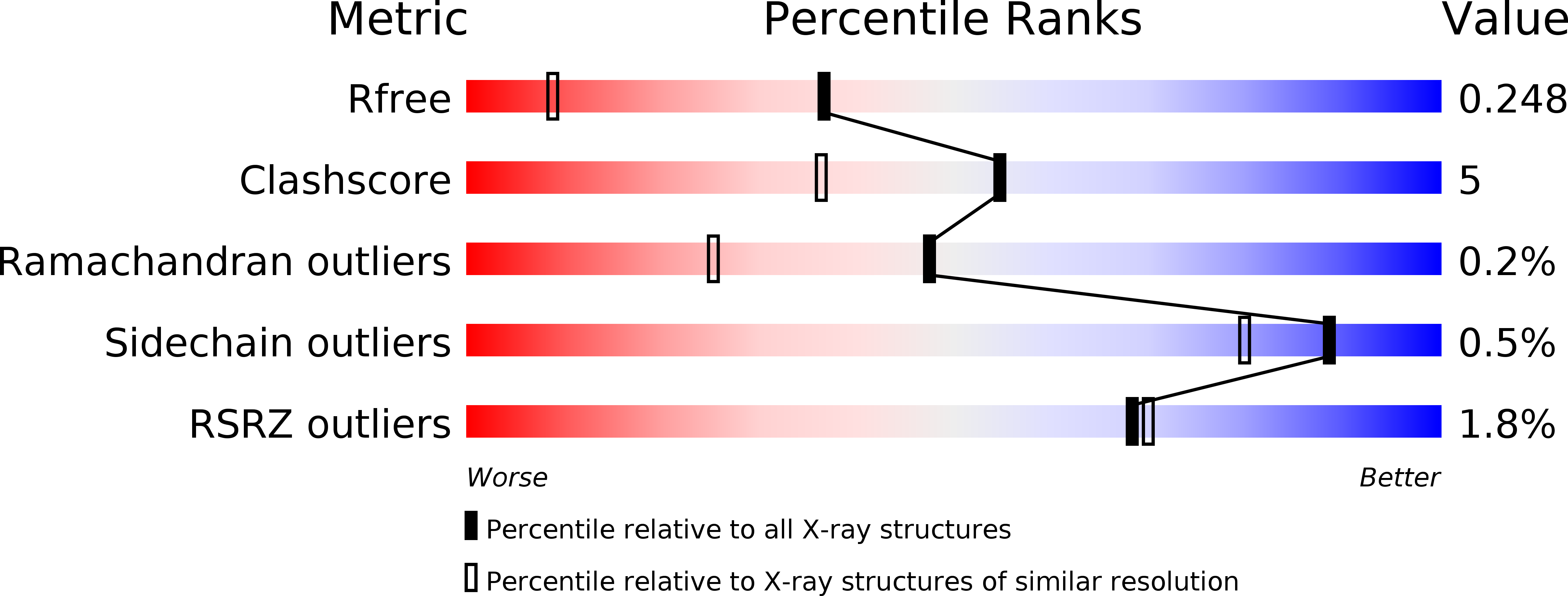
Deposition Date
2019-06-21
Release Date
2019-09-11
Last Version Date
2023-10-11
Entry Detail
PDB ID:
6PEX
Keywords:
Title:
An aldo keto reductase with 2-keto- L-gulonate reductase activity
Biological Source:
Source Organism:
Vitis vinifera (Taxon ID: 29760)
Host Organism:
Method Details:
Experimental Method:
Resolution:
1.58 Å
R-Value Free:
0.25
R-Value Work:
0.22
R-Value Observed:
0.24
Space Group:
P 1 21 1


